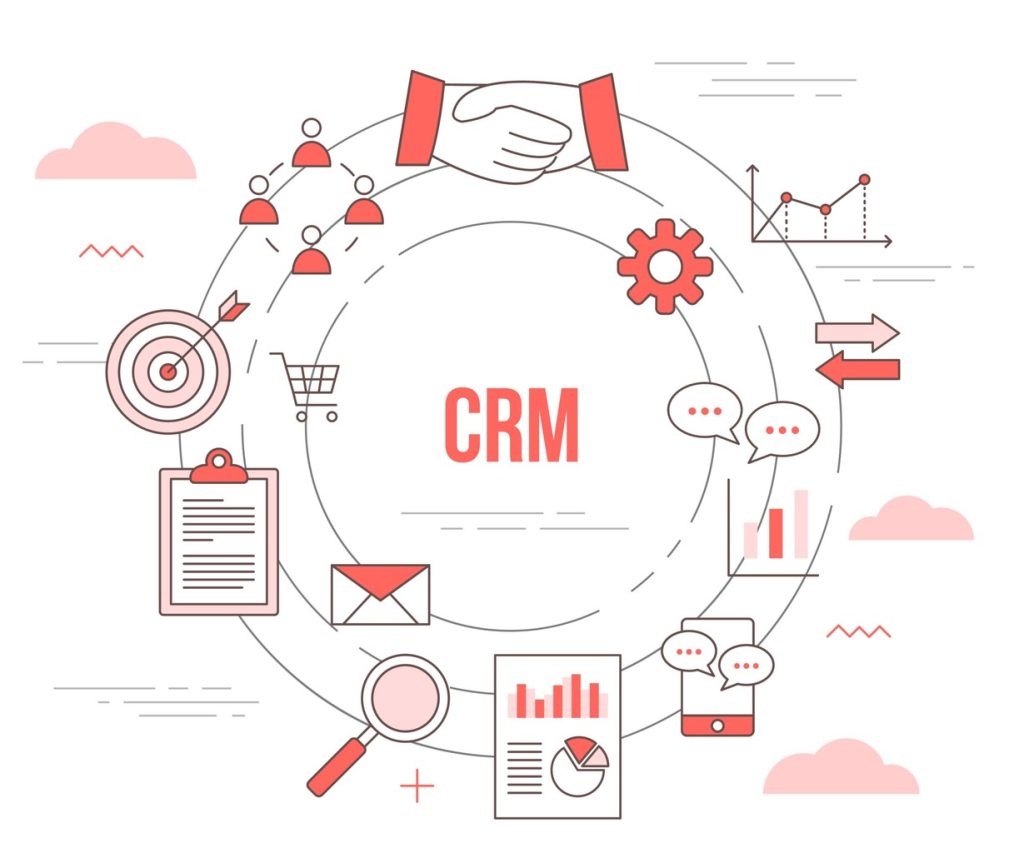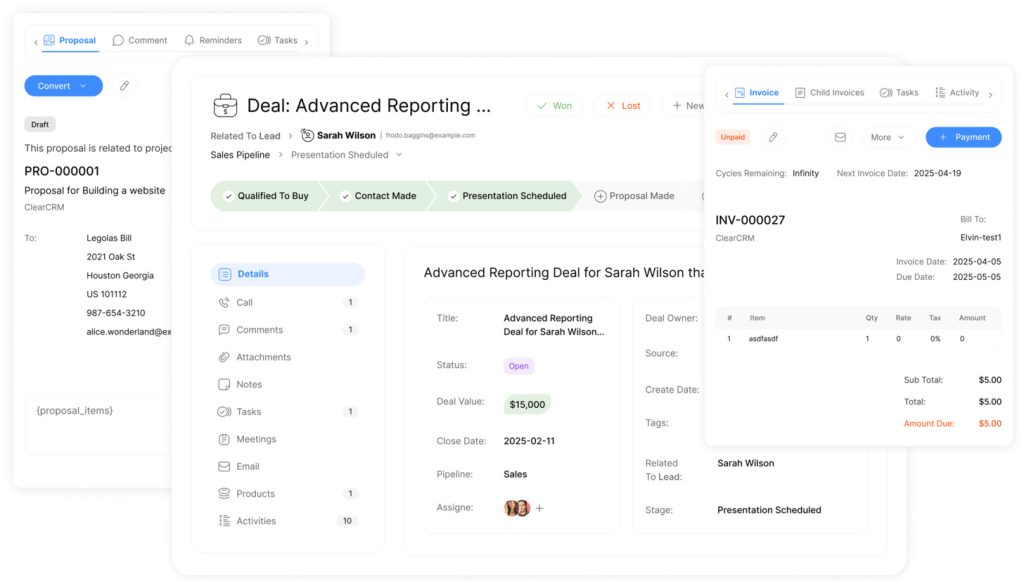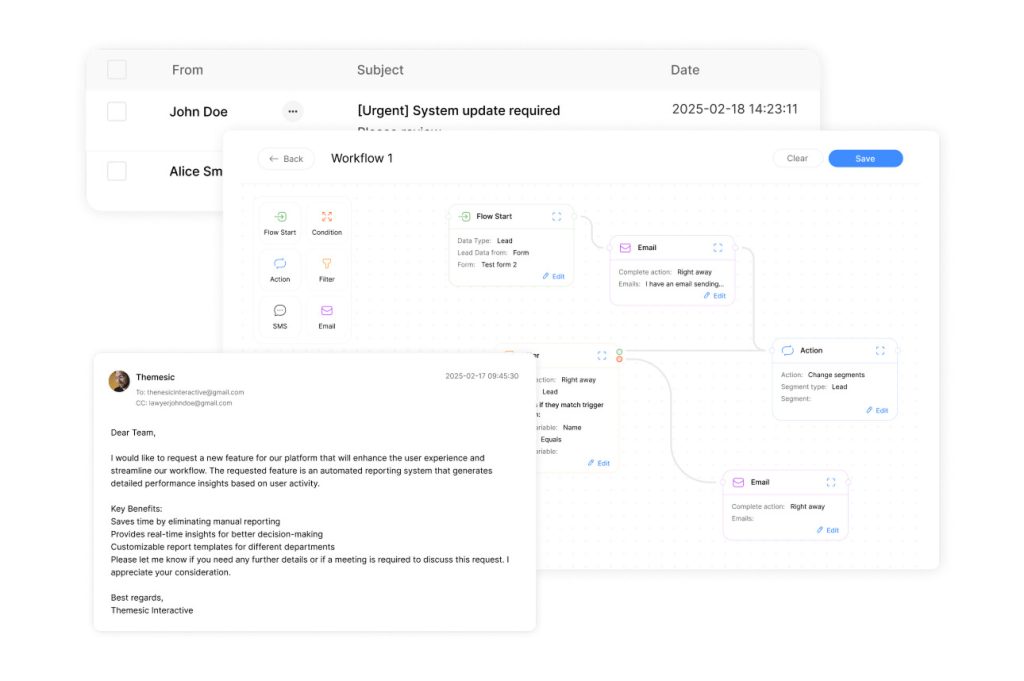Sales Workflow Automation: How to Streamline Your Sales

Modern teams face a critical challenge: excessive time spent on repetitive tasks instead of closing deals. Research shows professionals dedicate 66% of their workday to administrative duties like scheduling and data management. This imbalance creates costly inefficiencies in competitive markets.
Intelligent process optimization offers measurable solutions. Organizations adopting these strategies report 16% more qualified leads and regain over two hours daily per team member. Third-party studies confirm one-third of revenue-related activities can transition to systematic workflows without sacrificing quality. By leveraging top automation tools for efficiency, businesses can streamline their operations further, allowing teams to focus on higher-value tasks. Additionally, these tools facilitate real-time data analysis, empowering organizations to make informed decisions that drive revenue growth. As a result, companies not only improve their productivity but also enhance their overall competitiveness in the marketplace.
Effective implementation requires careful planning. Decision-makers must evaluate tools that handle prospect scoring, ClearCRM updates, and performance tracking. When executed properly, businesses see faster response times and 20-30% improvements in conversion rates. These systems also reduce errors caused by manual data handling.
The transition extends beyond software selection. Teams need structured training to maximize new capabilities while maintaining personal client relationships. Companies that balance technology with human expertise achieve scalable growth and consistent revenue increases.
Key Takeaways
- Administrative tasks consume 66% of a typical professional’s workday
- Systematic process optimization recovers 2+ hours daily per team member
- Properly implemented strategies increase lead conversion by 20-30%
- One-third of revenue operations can transition to automated workflows
- Combining technology with team training drives sustainable growth
Understanding the Importance of Sales Workflow Automation

Businesses often overlook the hidden costs of manual operations. Professionals spend nearly half their day on activities that don’t directly drive revenue. This imbalance limits growth potential while increasing burnout risks across teams.
Identifying Hidden Productivity Drains
Repetitive administrative work consumes 60% of a typical salesperson’s shift. Common time sinks include updating records, coordinating meetings, and compiling prospect data. These activities divert attention from relationship-building – the core of successful selling.
Research shows teams waste 15 hours weekly locating client information across disconnected platforms. This fragmentation creates delays during critical negotiations. Manual data handling also introduces errors that damage trust and slow deal progression.
Maximizing Strategic Impact
Intelligent systems reclaim hours previously lost to routine work. Automated lead scoring prioritizes high-potential contacts, while template libraries accelerate personalized outreach. ClearCRM integration ensures real-time data access during client interactions.
Teams using these solutions report 40% faster response times to hot leads. The shift enables professionals to focus on crafting tailored proposals and nurturing stakeholder relationships. Companies see measurable improvements in both conversion rates and customer satisfaction scores.
Identifying Inefficiencies in Your Sales Process
Forward-thinking organizations now recognize that operational blindspots cost more than missed deadlines. Teams lose 19% of productive hours maintaining outdated systems, according to recent operational studies. The key lies in pinpointing exact friction points before implementing solutions.
Time-Consuming Activities That Drain Resources
Manual lead tracking remains a primary culprit. Many professionals still sort contacts alphabetically rather than using engagement metrics. This approach delays outreach to high-intent prospects by 2-3 days on average.
Data management creates additional bottlenecks. One financial services firm found employees spent 22 weekly hours updating records across multiple platforms. These repetitive tasks divert energy from strategic conversations that close deals.
“Organizations using manual prioritization methods see 37% lower conversion rates than those with structured systems.”
Strategic Areas for System Enhancement
Three critical zones benefit most from systematic improvements:
| Manual Process | Automated Solution | Time Saved |
|---|---|---|
| Lead sorting | Behavior-based scoring | 6 hours/week |
| Follow-up scheduling | Trigger-based reminders | 4 hours/week |
| CRM updates | Integrated data capture | 3 hours/week |
Effective audits reveal these opportunities. Teams should map daily activities against two criteria: frequency and strategic value. Processes occurring daily with low complexity become prime candidates for optimization.
Sales Workflow Automation: Tools & Best Practices

Strategic technology adoption separates thriving teams from stagnant ones. Over 68% of high-growth companies now use specialized platforms to handle repetitive tasks. These solutions enable professionals to focus on relationship-building and strategic negotiations.
Core Platform Capabilities
Leading systems address critical operational needs:
| Tool | Primary Purpose | Time Saved Weekly |
|---|---|---|
| Outreach.io | Personalized email campaigns | 5 hours |
| Calendly | Meeting coordination | 3.5 hours |
| Sales Navigator | LinkedIn prospecting | 4 hours |
| PandaDoc | Proposal management | 2.5 hours |
CRM platforms like ClearCRM centralize client data while automating updates and task assignments. This integration reduces duplicate entries by 73% according to recent case studies.
Building Tailored Systems
Effective implementation follows three phases:
- Process audit to identify repetitive tasks
- Tool selection based on integration capabilities
- Team training with real-world scenarios
“Companies combining multiple specialized tools see 42% faster deal cycles than those relying on single platforms.”
Prioritize solutions offering API connectivity and customizable dashboards. Regular performance reviews ensure systems adapt to evolving business needs while maintaining personal engagement with prospects.
Automating Daily Sales Tasks for Enhanced Efficiency
Time-sensitive operations demand precision that manual methods struggle to maintain. Intelligent systems now handle repetitive activities with clockwork consistency, freeing teams to focus on strategic priorities. Over 82% of companies using these solutions report improved deal velocity and client satisfaction.
Streamlining Follow-Ups and Reminders
Missed connections cost businesses 15-20% of potential revenue annually. Automated reminders ensure timely prospect engagement without calendar monitoring. Systems trigger alerts for scheduled calls, payment deadlines, and post-meeting follow-ups – often integrating directly with email and CRM platforms.
“Teams using automated sequencing see 58% faster response rates compared to manual outreach methods.”
Template libraries with dynamic fields maintain personalization at scale. Representatives insert custom details while preserving brand consistency, reducing message drafting time by 40%.
Reducing Manual Data Entry and Errors
Human error in record-keeping impacts 1 in 7 deals according to operational audits. Modern tools capture call notes, update contact records, and log activities automatically. This shift eliminates duplicate efforts while ensuring real-time data accuracy across departments.
Key improvements include:
- Automated invoice generation with payment tracking
- Pipeline forecasting based on live deal metrics
- Centralized task prioritization algorithms
Organizations adopting these practices reduce administrative hours by 65% while improving forecast accuracy by 32%. The balance between systematic precision and human expertise drives sustainable operational gains.
Leveraging CRM Integration for Seamless Information Flow

Centralized data management transforms how teams operate in competitive markets. Fragmented systems create blindspots – 74% of organizations report incomplete customer profiles hinder deal progression. Modern CRM platforms solve this by unifying communication channels and behavioral data into actionable insights.
Strategic Alignment for Maximum Impact
Integrated systems eliminate manual data transfers between platforms. Real-time synchronization ensures every team member accesses updated contact histories, including emails opened and content downloaded. This visibility enables personalized outreach at critical moments in the buyer’s journey.
“Companies with unified CRM ecosystems achieve 89% faster decision-making in client negotiations.”
| CRM Feature | Operational Benefit | Time Saved Weekly |
|---|---|---|
| Auto-logging calls | Accurate activity tracking | 2.8 hours |
| Lead scoring algorithms | Improved prospect prioritization | 3.1 hours |
| Pipeline analytics | Faster bottleneck identification | 1.9 hours |
Three critical advantages emerge from proper implementation:
- Automated deal creation triggers based on prospect interactions
- Cross-department visibility into customer touchpoints
- Dynamic forecasting models using live pipeline data
These capabilities help teams identify weaknesses in the sales process while maintaining human oversight. Managers gain tools to coach representatives using actual interaction data rather than assumptions.
Enhancing Lead Generation and Prospect Qualification
Intelligent systems now redefine how teams identify and prioritize potential buyers. Over 59% of organizations report improved conversion rates after implementing data-driven qualification methods. These solutions combine behavioral analysis with demographic insights to separate promising leads from unlikely conversions.
Smart Prioritization Through Behavioral Tracking
Modern scoring tools evaluate prospects using three key factors:
- Content engagement frequency
- Decision-making authority level
- Response times to outreach
Platforms like Encharge automatically adjust scores when contacts download resources or attend webinars. Real-time CRM synchronization ensures representatives access updated rankings before initiating conversations. Teams using these systems close 28% more deals according to recent case studies.
“Organizations with dynamic scoring models achieve 63% higher lead-to-customer rates than those using static criteria.”
Strategic Prospecting Through Platform Integration
LinkedIn automation transforms how teams build initial connections. Specialized tools analyze profile data to craft personalized outreach while adhering to platform limits. These systems:
- Identify decision-makers through job title filters
- Automate follow-up sequences for unresponsive prospects
- Enrich contact records with company insights
When combined with CRM platforms, this approach reduces manual research by 41%. Representatives gain complete prospect profiles before first contact, enabling tailored conversations that accelerate deal progression.
Boosting Sales Team Productivity with Automation

Operational excellence in modern business hinges on strategic resource allocation. Leading organizations report 61% higher revenue target achievement after implementing systematic efficiency tools. These solutions transform how teams operate, turning administrative burdens into competitive advantages.
Reclaiming Capacity for Strategic Work
Daily time savings prove transformative. Professionals regain 2 hours and 15 minutes per shift through optimized processes – equivalent to 11% more selling capacity. One financial services firm redirected these gains into client retention strategies, boosting repeat business by 19% in six months.
“Teams using intelligent prioritization tools handle 23% more prospects without additional hiring.”
Three critical improvements emerge:
- Automated lead distribution matches opportunities with specialist reps
- Centralized content libraries accelerate proposal creation
- Real-time performance dashboards enable targeted coaching
| Activity | Manual Time | Automated Time |
|---|---|---|
| Data entry | 45 mins/day | 8 mins/day |
| Meeting scheduling | 32 mins/day | 4 mins/day |
| Report generation | 28 mins/day | 6 mins/day |
This shift allows sales reps to focus on complex negotiations and relationship-building. Managers gain visibility into team patterns, addressing skill gaps before they impact results. The balance between systematic precision and human expertise drives sustainable growth.
Overcoming Challenges in the Automation Transition
Adopting advanced systems requires strategic navigation of common implementation barriers. Organizations that get started with phased rollouts see 47% higher adoption rates than those mandating immediate full-scale changes.
Adapting to New Software and Processes
Resistance often stems from disrupted routines rather than technical complexity. Successful teams begin by automating sales process components with the clearest time-saving potential. Weekly feedback sessions help identify interface pain points while celebrating quick wins.
Real-time support tools prove critical during transitions. Companies using embedded chat assistants report 63% faster troubleshooting. This approach maintains momentum while preserving the human touch in client interactions.
Training and Support for Sales Reps
Effective skill-building combines hands-on practice with scenario-based learning. High-performing organizations dedicate 15% of implementation timelines to personalized coaching. Role-specific playbooks help reps apply sales automation tools to their daily priorities.
Ongoing success hinges on accessible resources. Centralized knowledge bases with video tutorials reduce repeat questions by 38%. Regular check-ins ensure alignment between system capabilities and evolving team needs, creating sustainable operational improvements.

